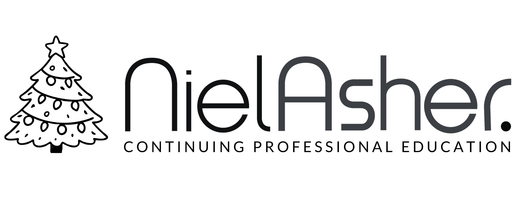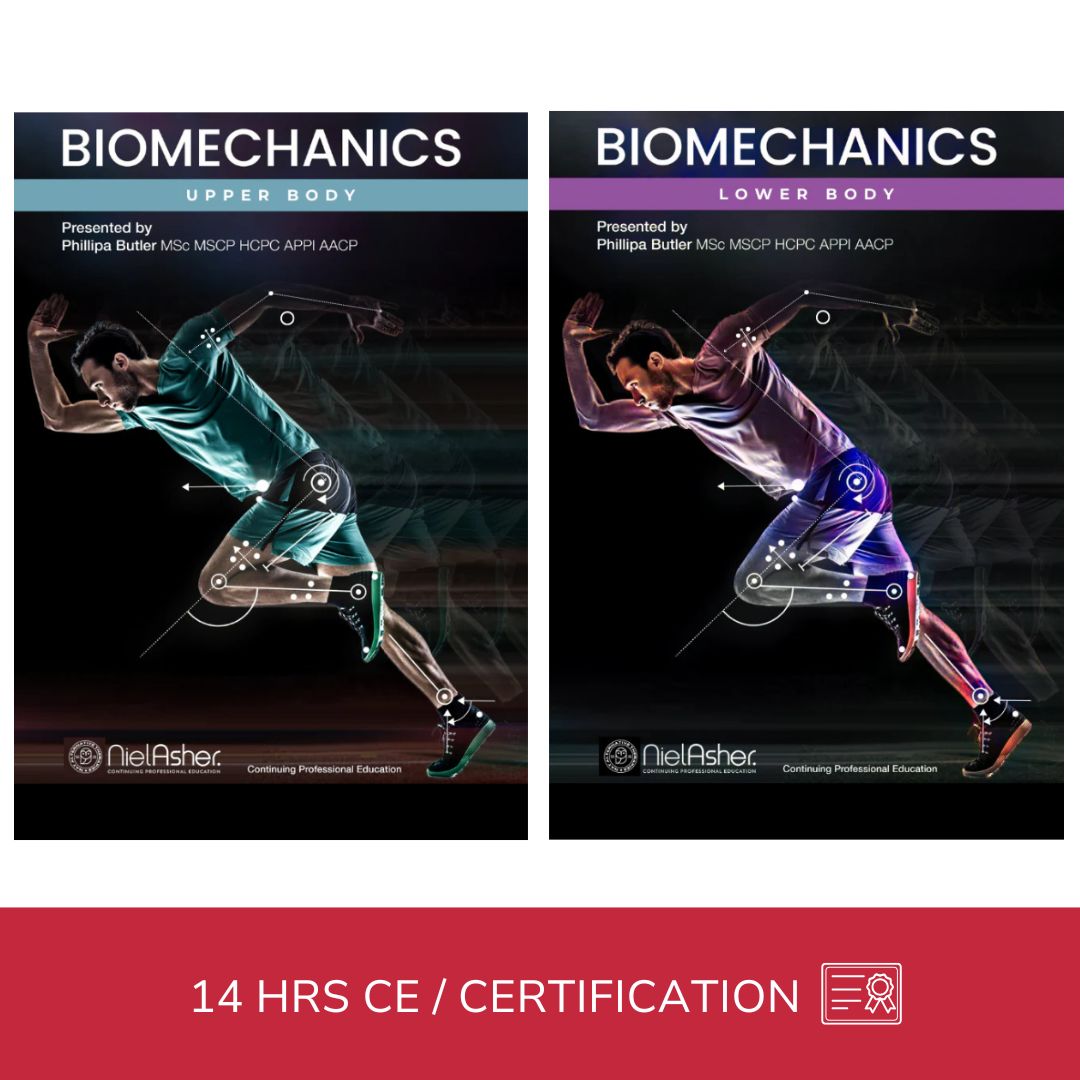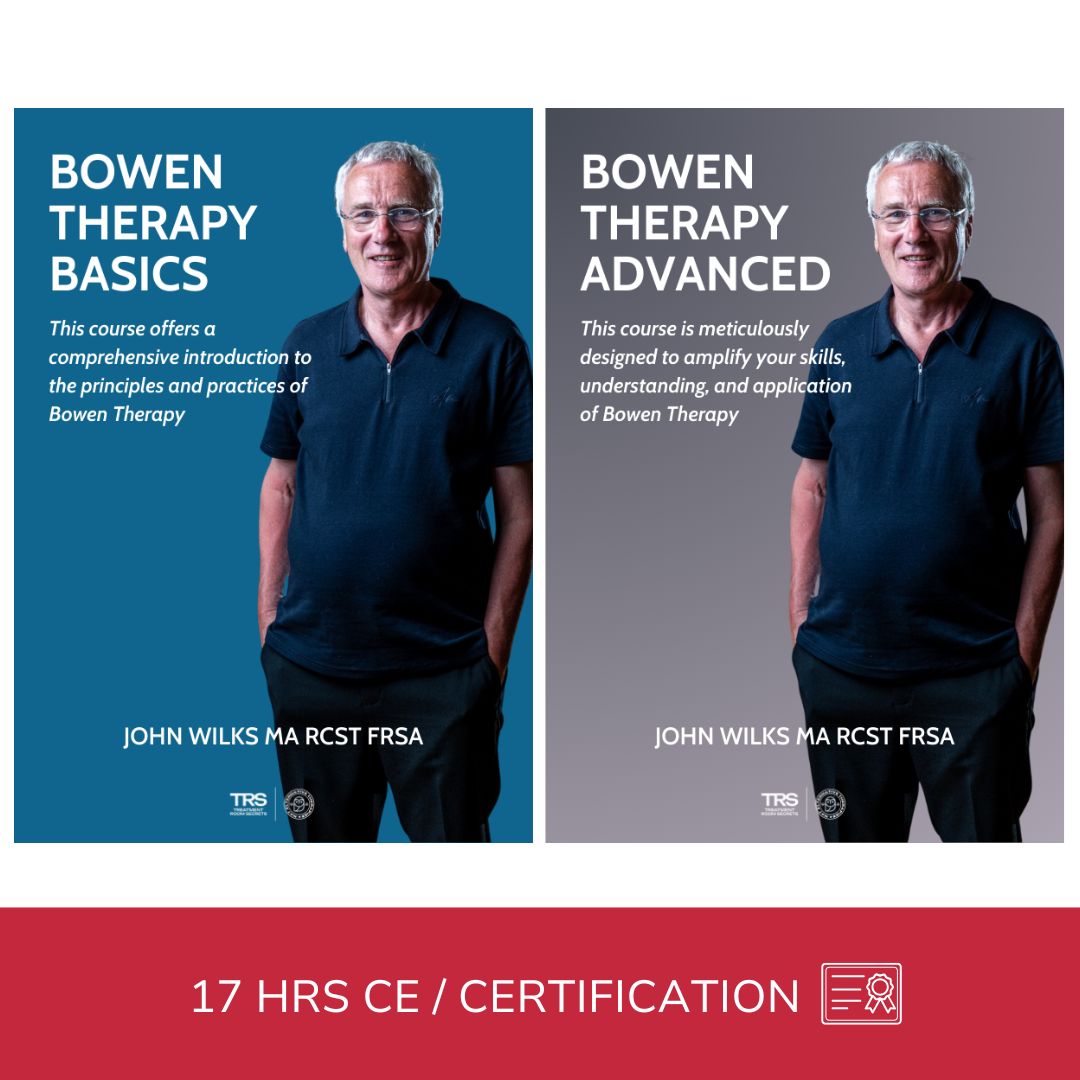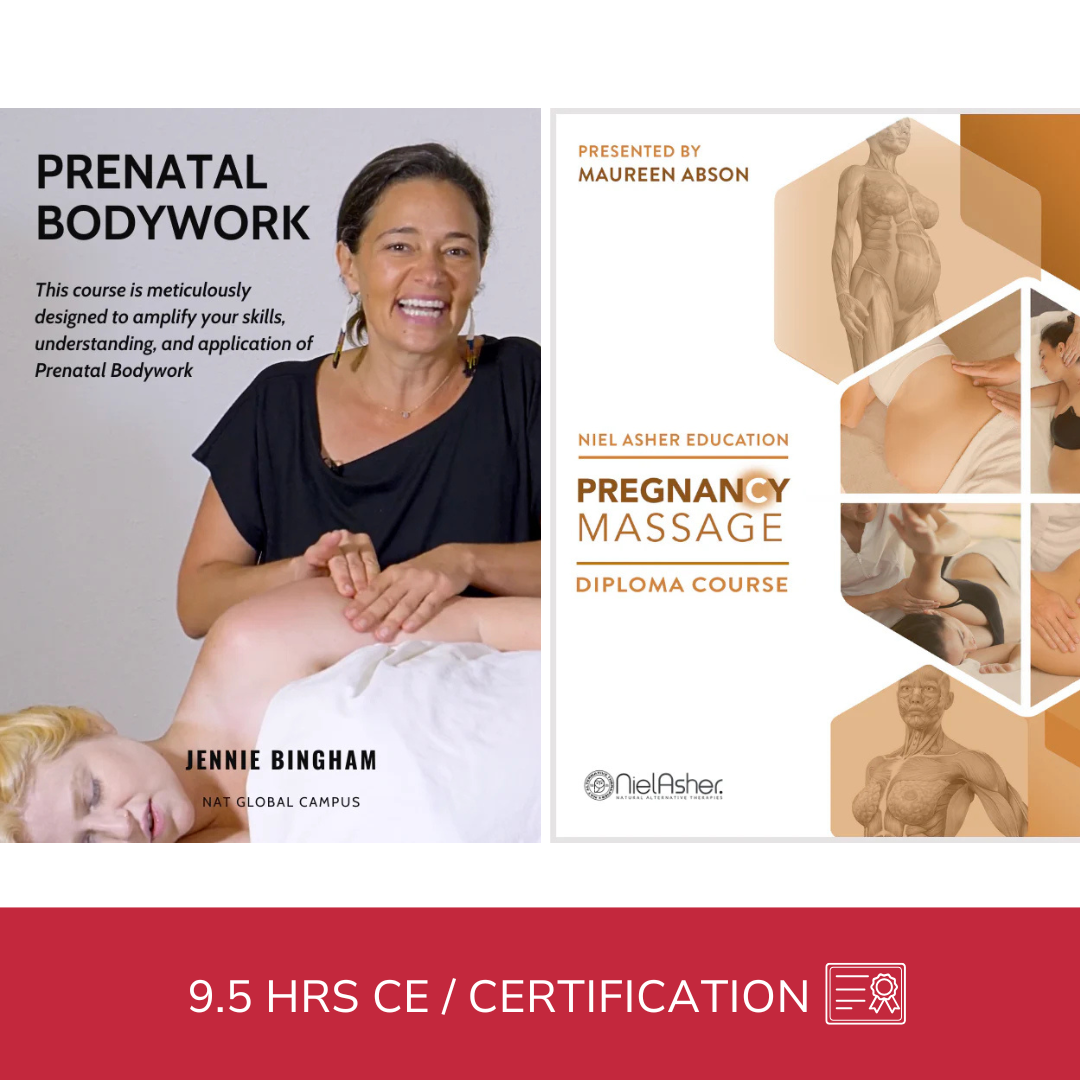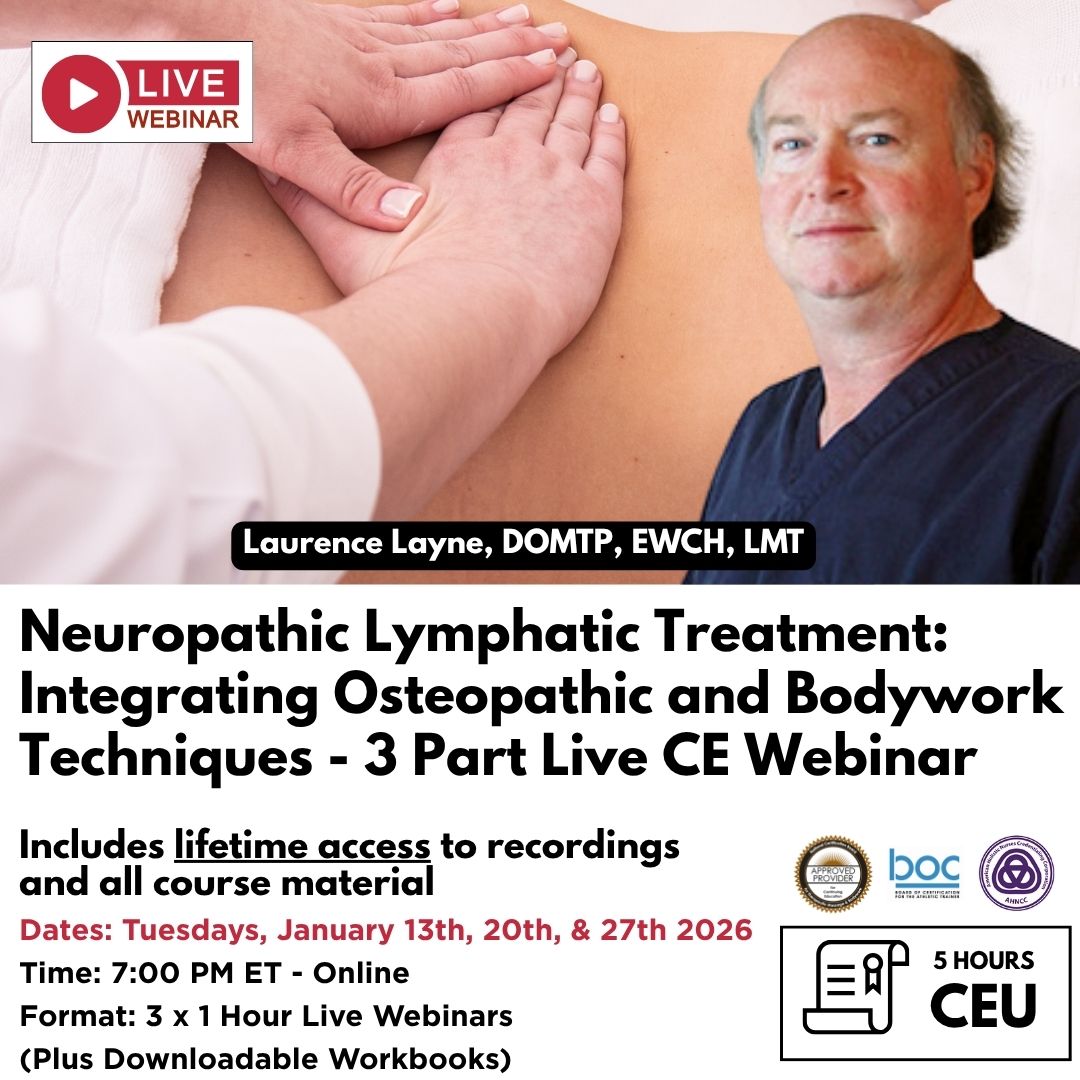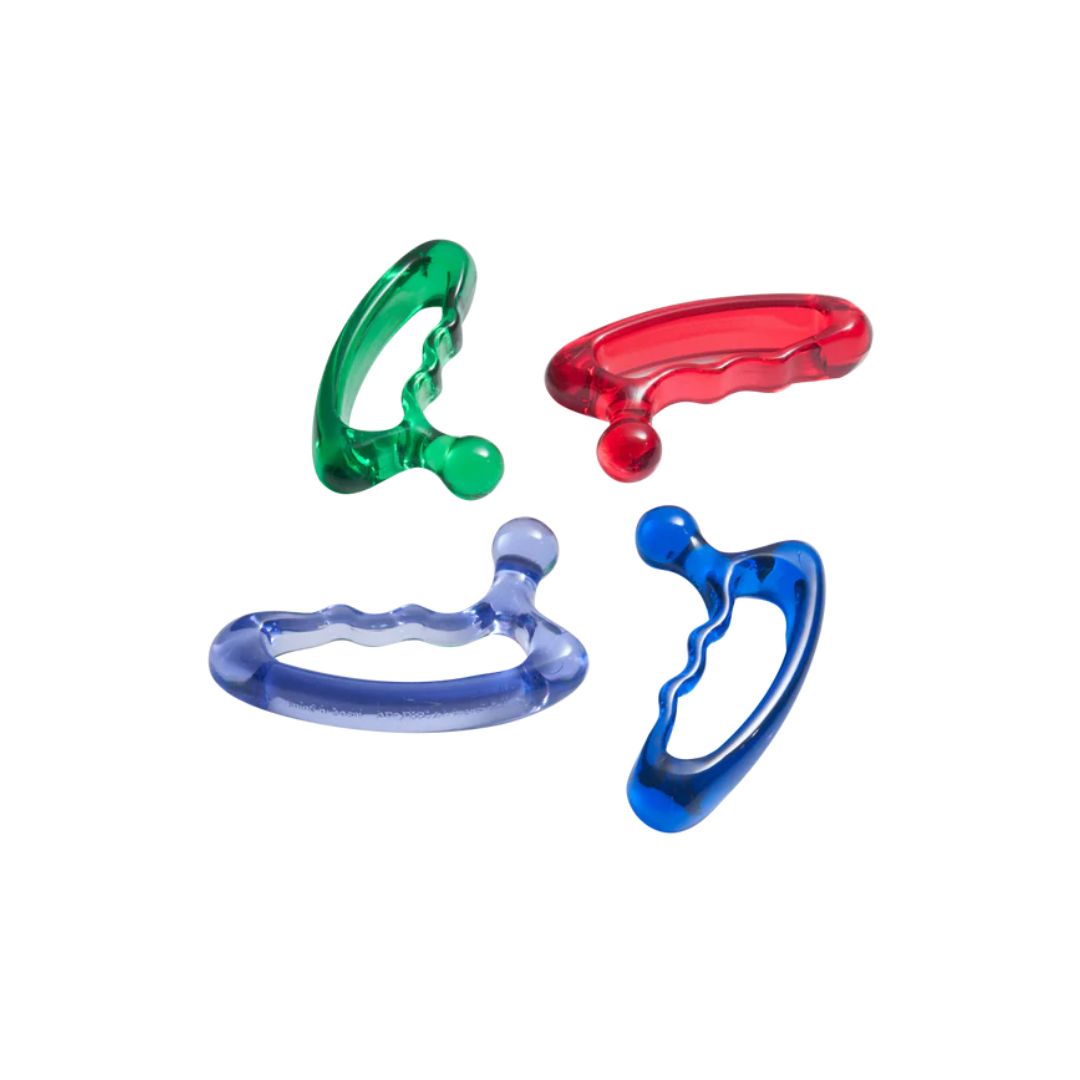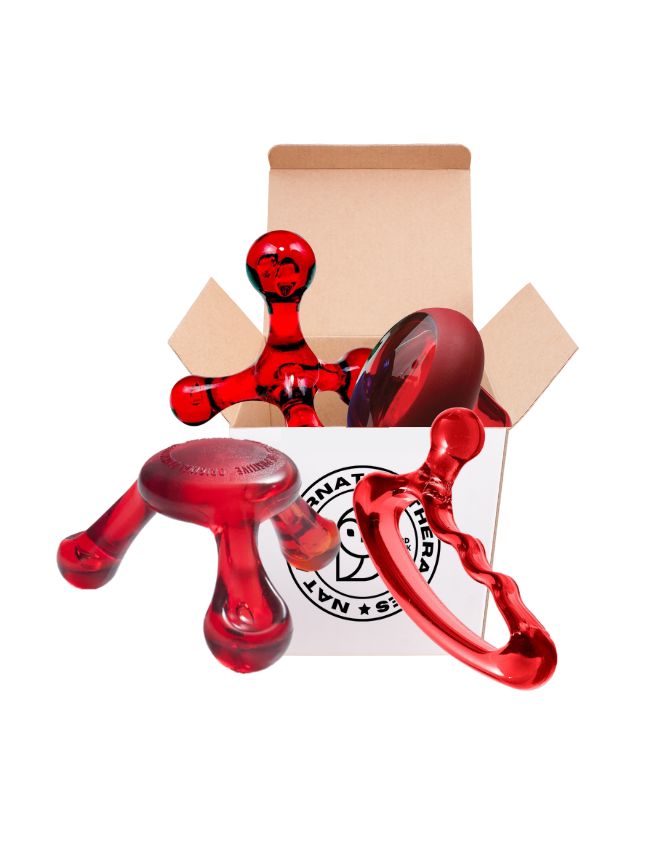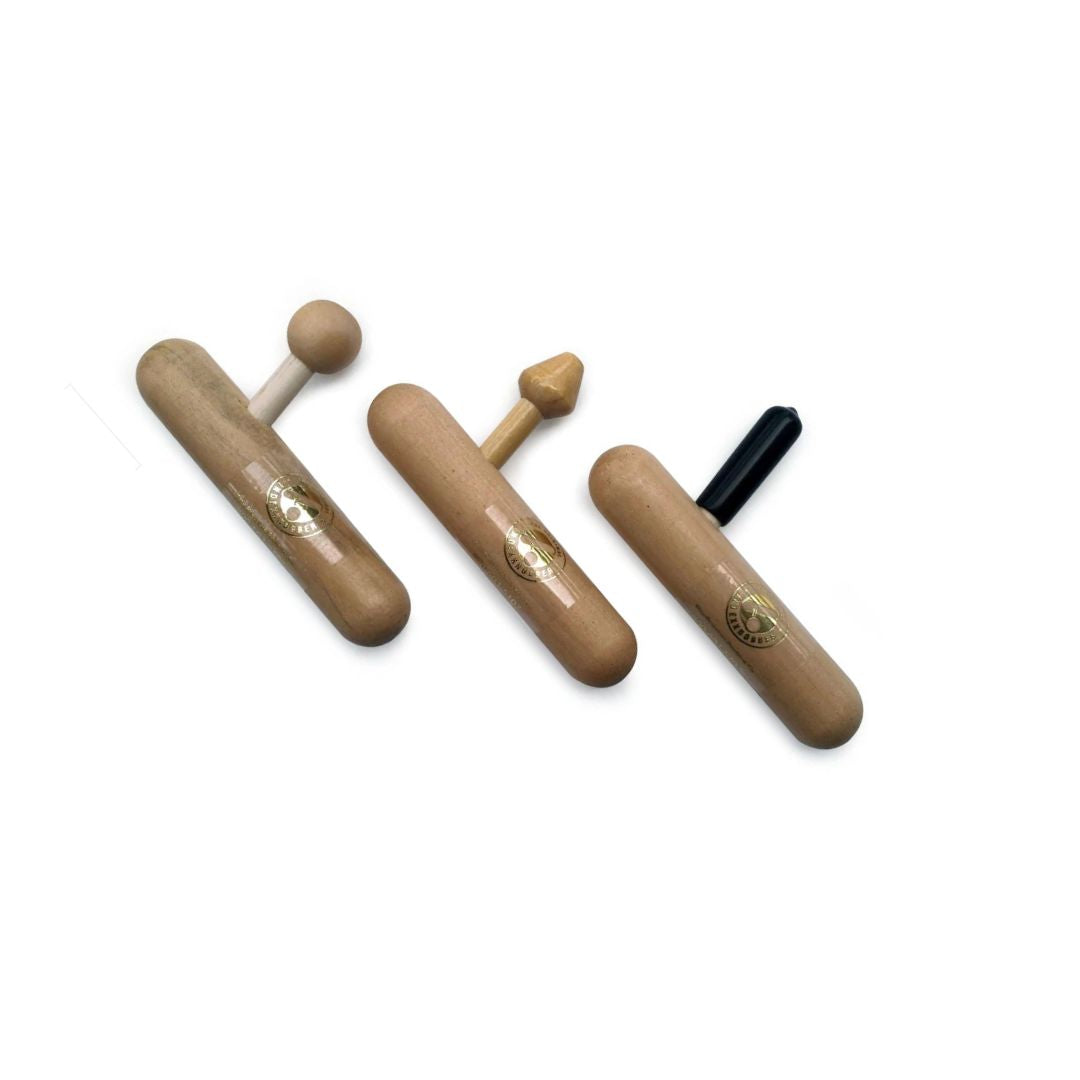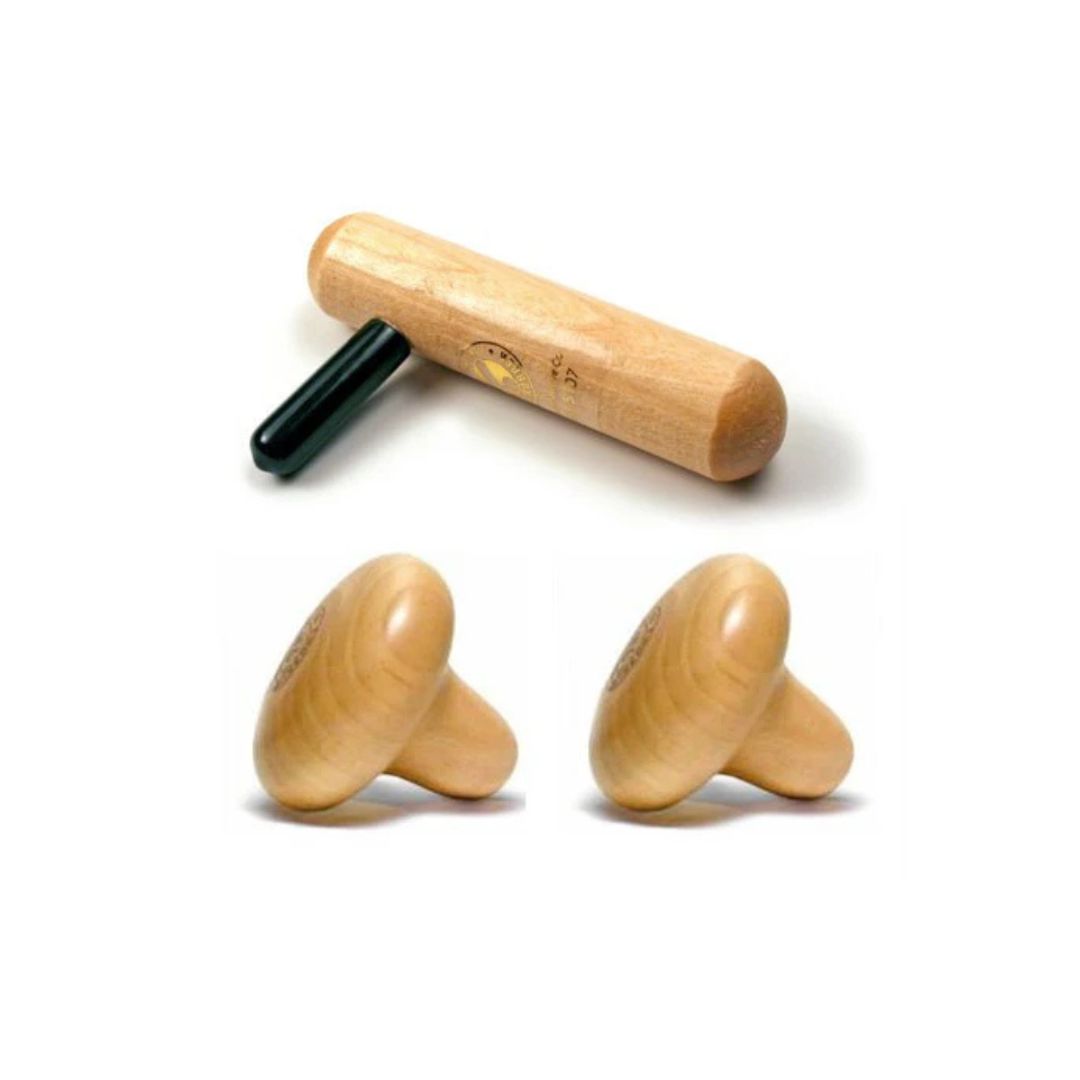The Powerhouse of Your Legs: How to Care for Your Quadriceps
The Mighty Quads: Keeping Your Quadriceps Healthy, Strong, and Pain-Free
Your quadriceps—those powerful muscles at the front of your thighs—are the unsung heroes of movement. Whether you're walking up the stairs, running, squatting, or jumping, your quads are putting in the work. Keeping them strong and pain-free is essential for both daily life and athletic performance. So, let’s dive into what makes the quadriceps so important, common issues that can arise, and how to keep them in top shape.
Meet Your Quadriceps: The Four-Muscle Powerhouse
Your quadriceps, commonly referred to as "quads," aren’t just one muscle—they’re a group of four working together. The rectus femoris is the only one that crosses both the hip and knee, making it essential for both knee extension and hip flexion. The vastus lateralis, the largest of the four, sits on the outer thigh and plays a significant role in knee stability. On the inner thigh, the vastus medialis helps guide your kneecap properly during movement, while the vastus intermedius, which lies deep beneath the rectus femoris, provides additional support for knee extension. These muscles come together at the quadriceps tendon, which connects to the kneecap and extends to the shinbone via the patellar ligament. This setup allows for smooth, powerful leg movements.
Common Quadriceps Problems
Because they’re involved in so many everyday and athletic activities, the quadriceps are vulnerable to injury. Muscle strains are common, especially with sudden accelerations or forceful contractions, and they can range from mild discomfort to complete muscle tears. Overuse can also lead to quadriceps or patellar tendinitis, often referred to as "jumper’s knee," which results in pain and inflammation around the front of the knee. Direct impacts to the thigh, particularly in contact sports, may lead to painful bruising or contusions.
Muscle imbalances are another issue, particularly when the quadriceps become disproportionately stronger or tighter than other muscle groups like the hamstrings or glutes. This can create additional strain on the knee joint and increase the likelihood of conditions such as patellofemoral pain syndrome, where poor kneecap tracking causes discomfort. Trigger points, or "muscle knots," are another common problem, leading to localized pain or even discomfort that radiates to the hip or lower back. Each of the quadriceps muscles can develop trigger points that cause pain in different areas, making them tricky to diagnose and treat.

Treating Quadriceps Issues
Taking care of your quadriceps requires a mix of rest, rehabilitation, and proper muscle maintenance. When dealing with an acute injury, giving your muscles time to recover is crucial, along with using ice, compression, and elevation to reduce swelling and inflammation. However, long-term healing and prevention require more than just rest. Physical therapy is often needed to correct imbalances and strengthen the muscles. Stretching and foam rolling can help maintain flexibility, and techniques like massage therapy, cupping, and dry needling may be effective in releasing muscle tension and improving circulation.
Massage therapy, in particular, is an excellent way to maintain quadriceps health. Regular massage can relieve muscle tightness, improve blood flow, and target trigger points that contribute to chronic pain. Cupping therapy, which involves using suction cups to increase circulation and loosen tight tissues, has gained popularity as a valuable treatment option. In some cases, kinesiology taping can provide extra support to the quadriceps, while dry needling can target deep muscle tension and trigger points with precision.
For those experiencing chronic quadriceps issues, medications such as NSAIDs may help manage pain and inflammation, though they should not be relied upon as a long-term solution. Surgery is rarely necessary for quadriceps injuries, but in extreme cases of muscle tears or tendon ruptures, surgical intervention may be required.
Preventing Quadriceps Problems
Keeping your quadriceps strong and healthy is all about smart movement habits and balanced training. Warming up properly before exercise with dynamic stretches helps prepare the muscles for movement, reducing the risk of strain. Strength training that includes not just the quadriceps but also the hamstrings, glutes, and core ensures balanced muscle development. Flexibility should not be overlooked—regular stretching and mobility work can prevent excessive tightness that leads to injury.
Equally important is using proper technique during exercise and gradually increasing the intensity of your workouts rather than pushing too hard too soon. Paying attention to how your body feels and addressing any discomfort early can prevent minor issues from becoming major problems. Proper nutrition and hydration also play a key role in muscle function and recovery, providing the necessary fuel for repair and growth.
The Role of Massage Therapy in Quadriceps Health
Massage therapy can be an essential tool for maintaining healthy quads, whether you’re recovering from an injury or simply looking to keep your muscles in peak condition. It helps loosen tight areas, improve circulation, and relieve trigger points that contribute to pain and stiffness. With better blood flow comes improved oxygenation and nutrient delivery, which speeds up muscle recovery. Addressing trigger points through targeted massage techniques can help restore function and reduce pain, making movement more comfortable and efficient.
Incorporating massage therapy into your routine can significantly improve how your quads feel and function, whether you’re an athlete, a weekend warrior, or just someone who wants to stay active and pain-free. When combined with proper strength training, stretching, and overall muscle care, it’s a powerful way to ensure your quadriceps remain strong, balanced, and ready for whatever activities come your way.
The Takeaway
Your quadriceps are essential for movement, stability, and performance, and keeping them in good shape should be a priority. Understanding their function, recognizing common issues, and taking proactive steps to prevent injury can make a huge difference. By incorporating smart training habits, regular massage therapy, and recovery techniques like cupping and stretching, you can keep your quads feeling their best. And remember—if something doesn’t feel right, it’s always a good idea to consult with a healthcare professional to get to the root of the issue.
References
-
Neumann, D. A. (2016). Kinesiology of the Musculoskeletal System: Foundations for Rehabilitation. Elsevier Health Sciences.
-
Magee, D. J. (2014). Orthopedic Physical Assessment. Elsevier.
-
Travell, J. G., & Simons, D. G. (1999). Myofascial Pain and Dysfunction: The Trigger Point Manual. Lippincott Williams & Wilkins.
-
Kendall, F. P. (2005). Muscles: Testing and Function, with Posture and Pain. Lippincott Williams & Wilkins.
Disclaimer
This article is intended for informational purposes only and should not be used as a substitute for professional medical advice, diagnosis, or treatment. Always seek the guidance of a qualified healthcare provider with any questions you may have regarding a medical condition or treatment.
About Niel Asher Education
Niel Asher Education (NAT Global Campus) is a globally recognised provider of high-quality professional learning for hands-on health and movement practitioners. Through an extensive catalogue of expert-led online courses, NAT delivers continuing education for massage therapists, supporting both newly qualified and highly experienced professionals with practical, clinically relevant training designed for real-world practice.
Beyond massage therapy, Niel Asher Education offers comprehensive continuing education for physical therapists, continuing education for athletic trainers, continuing education for chiropractors, and continuing education for rehabilitation professionals working across a wide range of clinical, sports, and wellness environments. Courses span manual therapy, movement, rehabilitation, pain management, integrative therapies, and practitioner self-care, with content presented by respected educators and clinicians from around the world.
Known for its high production values and practitioner-focused approach, Niel Asher Education emphasises clarity, practical application, and professional integrity. Its online learning model allows practitioners to study at their own pace while earning recognised certificates and maintaining ongoing professional development requirements, making continuing education accessible regardless of location or schedule.
Through partnerships with leading educational platforms and organisations worldwide, Niel Asher Education continues to expand access to trusted, high-quality continuing education for massage therapists, continuing education for physical therapists, continuing education for athletic trainers, continuing education for chiropractors, and continuing education for rehabilitation professionals, supporting lifelong learning and professional excellence across the global therapy community.
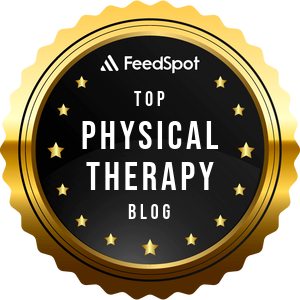
Continuing Professional Education
Looking for Massage Therapy CEUs, PT and ATC continuing education, chiropractic CE, or advanced manual therapy training? Explore our evidence-based online courses designed for hands-on professionals.
